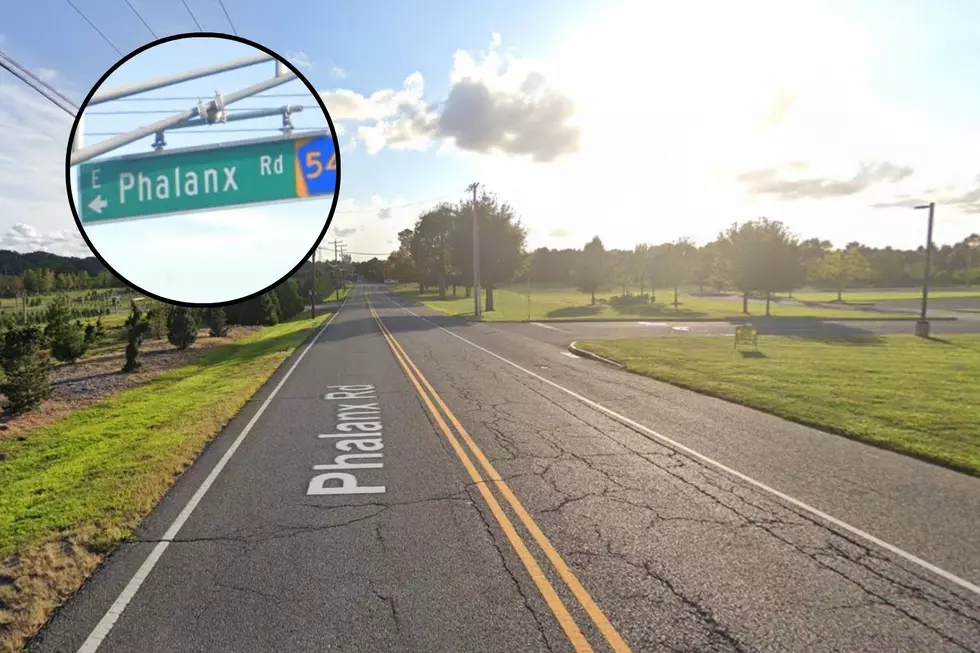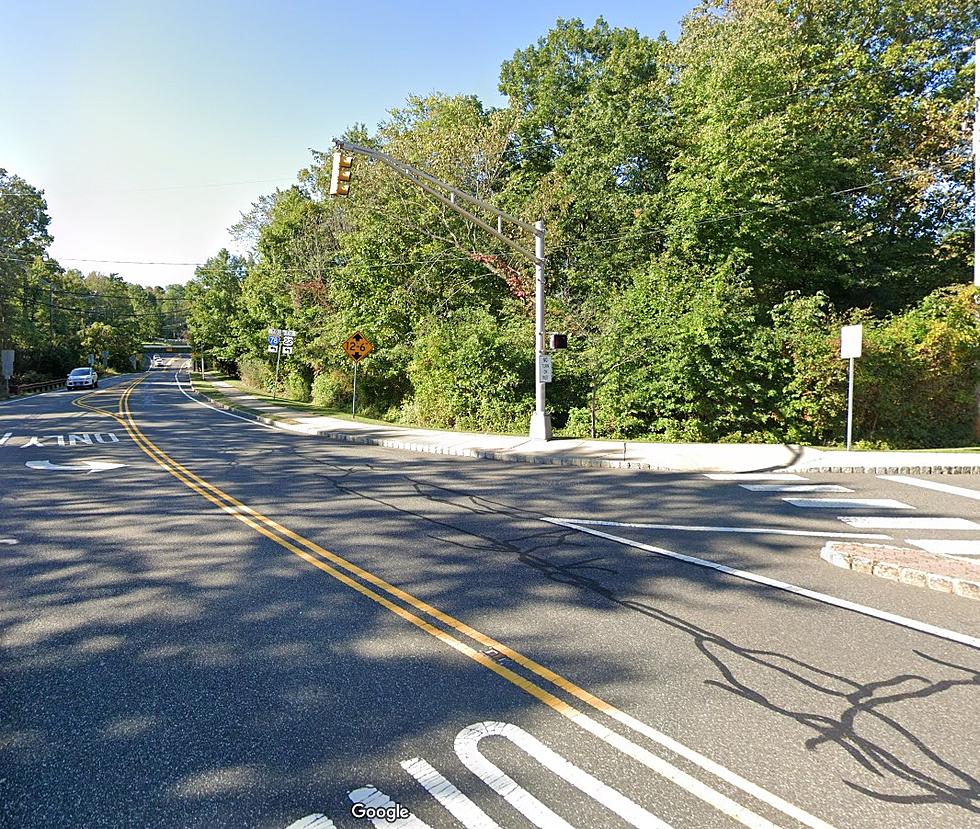
Colts Neck, NJ Once Housed a Commune
When you think of Colts Neck, New Jersey, you picture mansions, horse farms and golf courses. The word "commune" probably doesn't come to mind.
The township was the site of a communal living experiment. In fact, Phalanx Road derives its name from the North American Phalanx community that settled in Colts Neck.
This wasn't a gathering of '60s and '70s hippies you may be thinking of when you read "commune."
READ MORE: Was a Skeleton Found at Sandy Hook Lighthouse?
The North American Phalanx was established in 1843 with the goal of building a new social order, according to The North American Phalanx: An Historical and Descriptive Sketch by Charles Sears, who had been the group's president.
Core Beliefs of North American Phalanx: Joint Property, Cooperative Labor
Inspired by the French philosopher Charles Fourier and New York Tribune articles by Arthur Brisbane, the North American Phalanx members sought "a society organized on the basis of joint stock property; co-operative Labor [and] equitable distribution," Sears wrote.
The group purchased nearly 700 acres of land for $14,000. (That equals out to about $600,000 in 2024 dollars -- a pretty fantastic deal for any part of New Jersey, these days.)

The North American Phalanx built housing for its members, planted fruit orchards and also established mills.
The operational needs of the community were reviewed each year and assigned out under various departments: agriculture, livestock, manufacturing, domestic work and entertainment. These departments were staffed by commune members who would then select their own leader, Sears writes.
The group members rated each other's labor and divided the earnings for the year based on that performance.
The members used their own currency, which resembled a bank note but carried "Fourier's symbol of universal unity," according to Sears.
Fire Led to Demise of North American Phalanx
Initially, "the communal experiment was a success," Lillian G. Burry wrote in the 2002 book Town by Town: Impressions of Monmouth County, published by the Monmouth County Clerk's Office.
READ MORE: Is Captain Kidd's Treasure Buried at Sandy Hook?
A large fire would hasten the demise of the utopian experiment.
In 1854, the mills, a blacksmith shop and tin shops burned down. The group couldn't recoup their claim from their insurance company, which went bankrupt, Burry writes.
The community voted to dissolve itself and sold the land for $80,000 in 1855.
If you're interested in some weirder Monmouth County history, continue reading to learn the background of the Evil Clown of Middletown:
History of the Evil Clown of Middletown
Gallery Credit: Jackie Corley
More From 94.3 The Point







